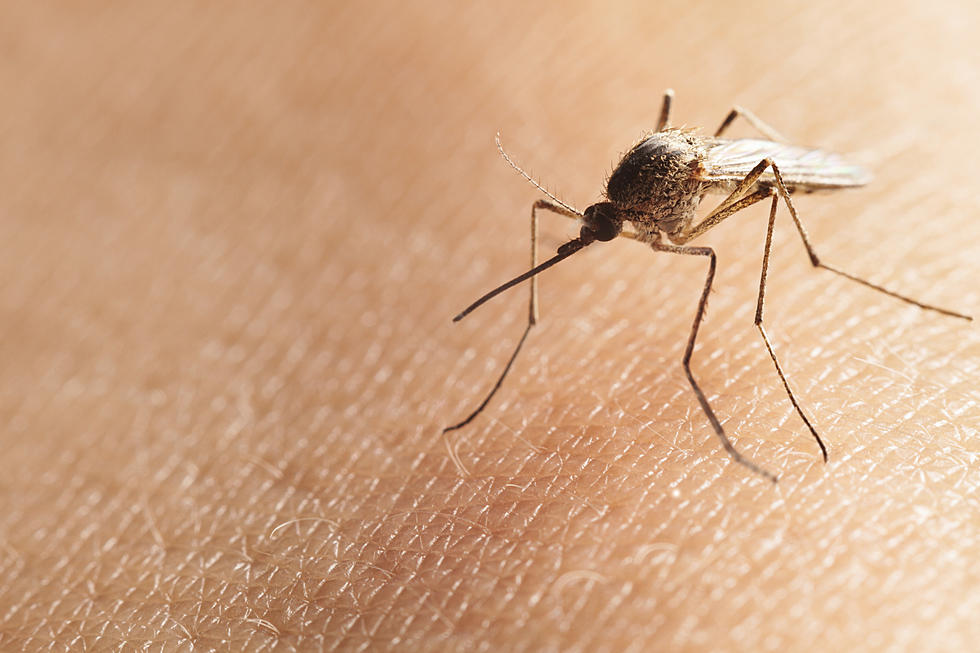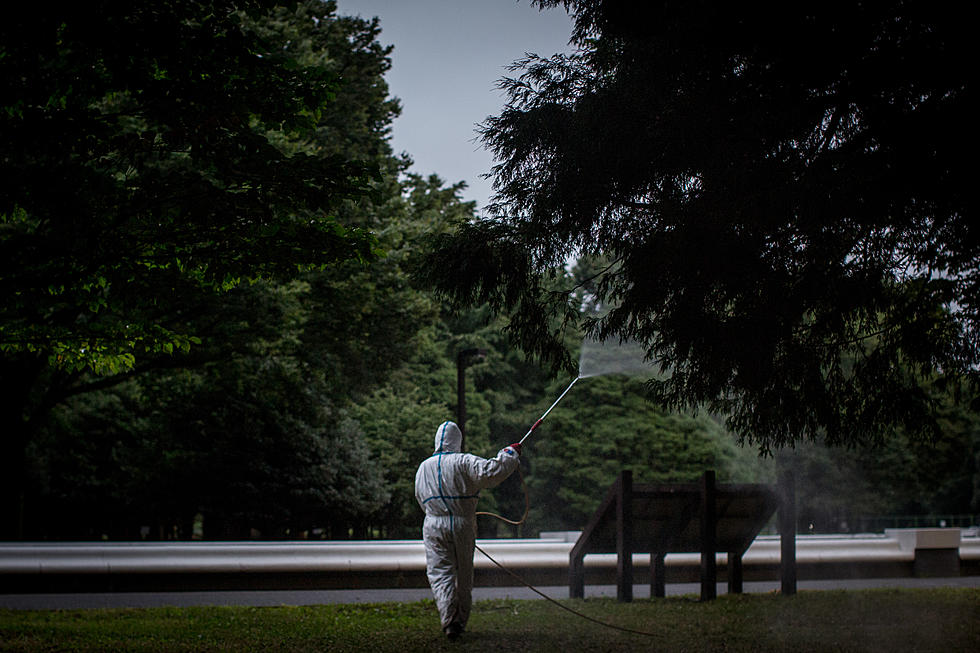
South Dakota Has Its First Reported Case of West Nile for 2018
The West Nile Virus has reared its ugly head for the first time this year in South Dakota.
KSFY TV is reporting the first human case for the 2018 season was detected in a blood donor in Todd County. The victim is between the age of 30 and 39.
State Epidemiologist Joshua Clayton told KSFY TV, "This individual was not ill but was detected through the routine screening of blood donations that takes place to make sure the blood supply is safe. It’s a clear indication that mosquito-to-human West Nile Virus transmission is taking place and people need to protect themselves.”
So how can a person protect themselves from the West Nile Virus? The South Dakota Department of Health recommends the following measures:
- Apply mosquito repellents (DEET, picaridin, oil of lemon eucalyptus, para-menthane-diol, 2-undecanone or IR3535) to clothes and exposed skin.
- Reduce mosquito exposure by wearing pants and long sleeves when outdoors.
- Limit time outdoors from dusk to dawn when Culex mosquitoes, the primary carrier of the West Nile Virus in South Dakota, are most active.
- Get rid of standing water that gives mosquitoes a place to breed.
- Regularly change water in bird baths, ornamental fountains and pet dishes.
- Drain water from flower pots and garden containers.
- Discard old tires, buckets, cans or other containers that can hold water.
- Clean rain gutters to allow water to flow freely.
- Support local mosquito control efforts.
According to KSFY, the people who are the most susceptible to the effects of the West Nile Virus are individuals over the age of 50, pregnant woman, those with cancer, diabetes, or kidney disease, and people with a history of alcohol abuse.
At the end of May, the South Dakota Mosquito Information Systems seasonal forecast for 2018 predicted an average year for the West Nile Virus here in the state. According to the report, average usually means between 40-80 reported cases. Experts say it's still very early in the season, and they do not have many of the pieces of data necessary to create an extremely accurate prediction for the year.
Source: KSFY TV/South Dakota Mosquito Information Systems
See Also:
More From KKRC-FM / 97.3 KKRC









